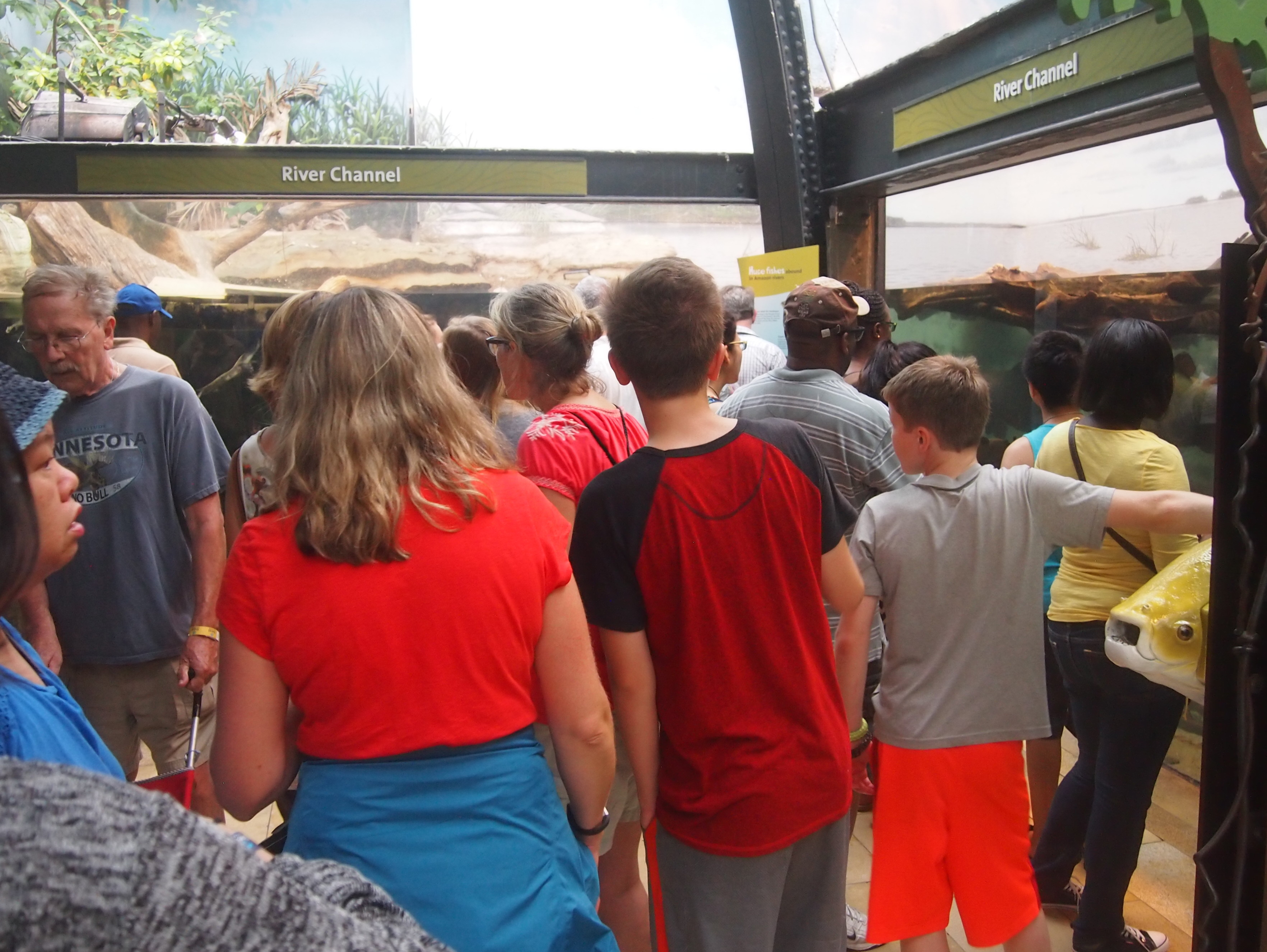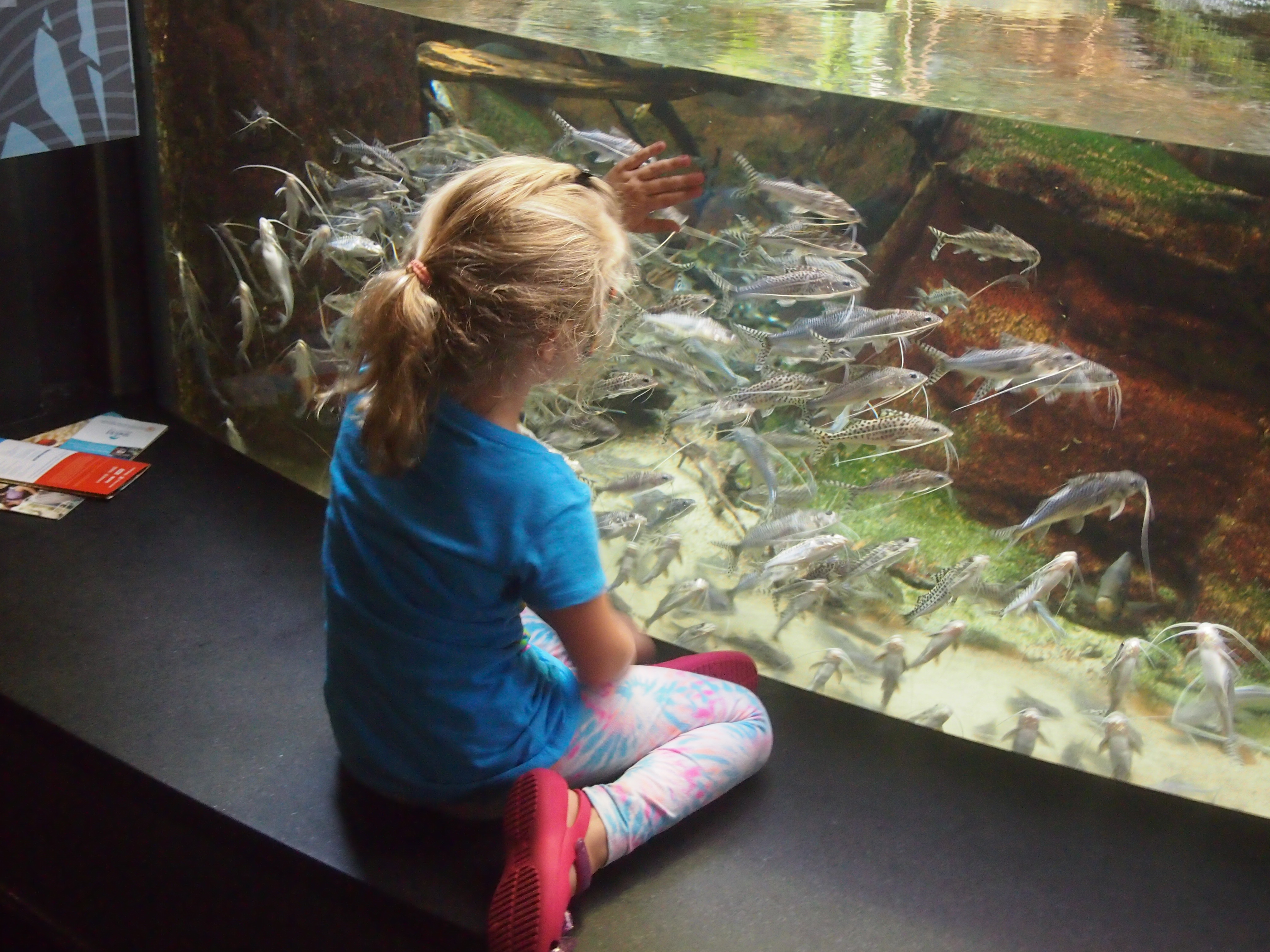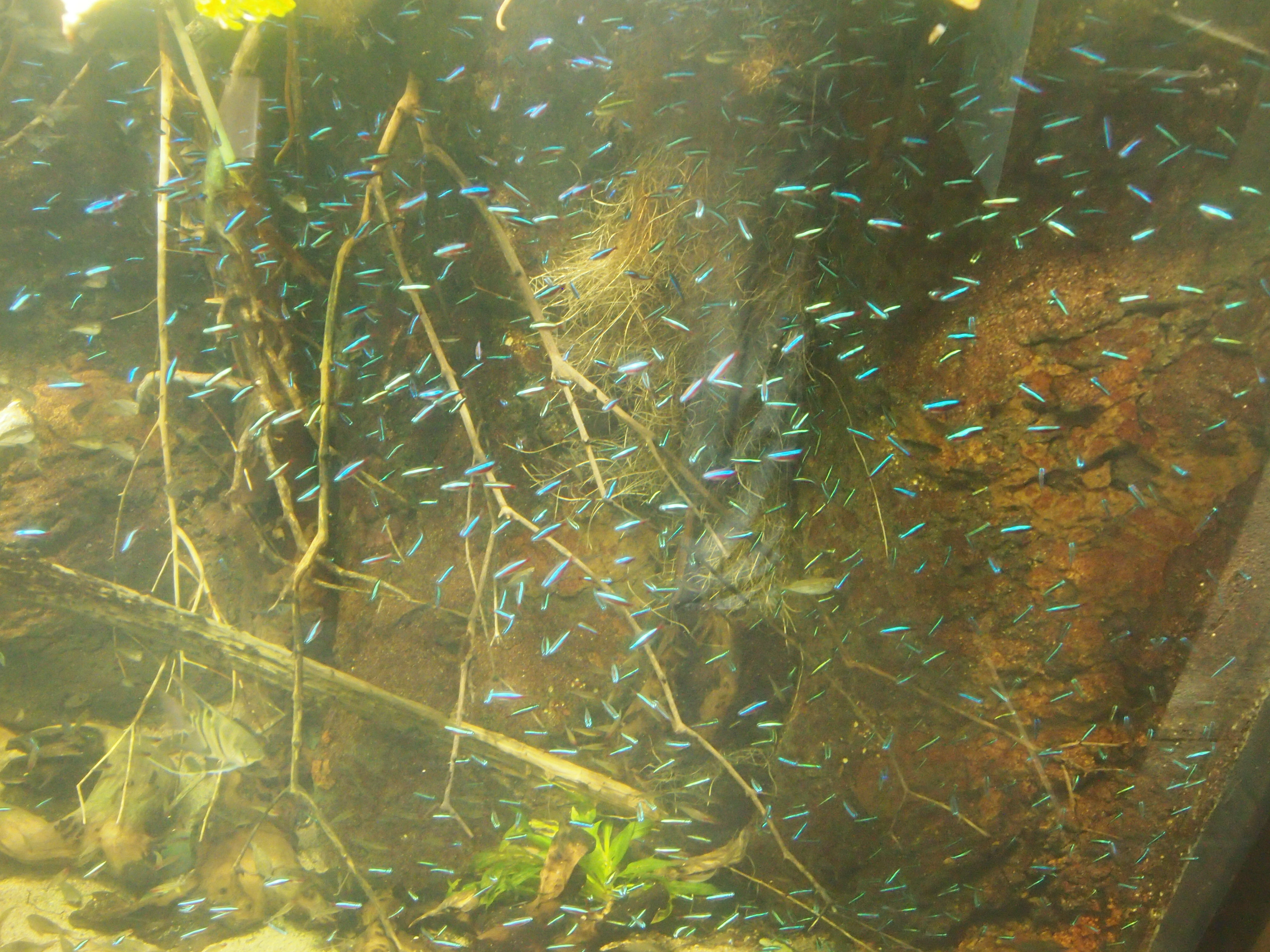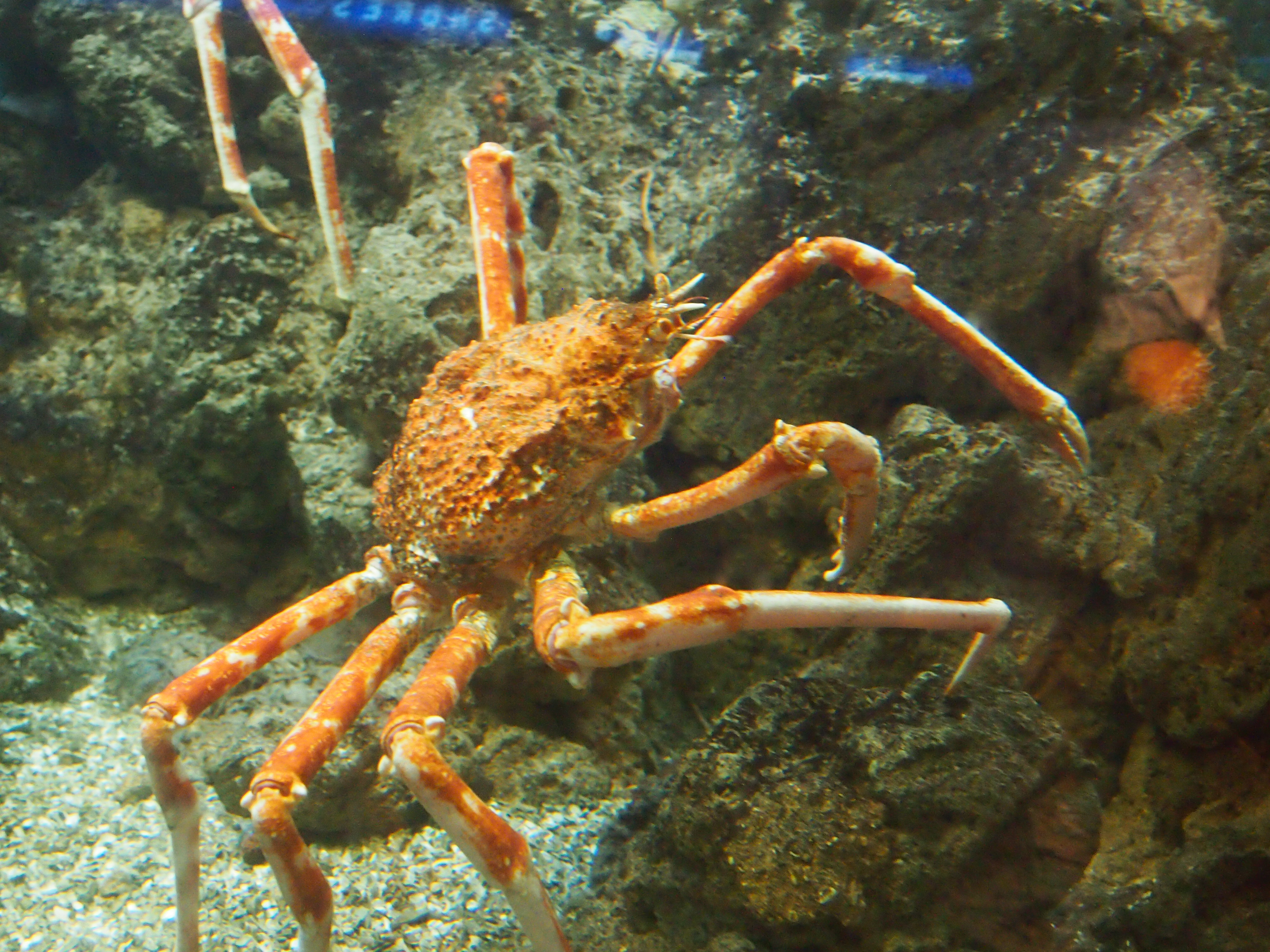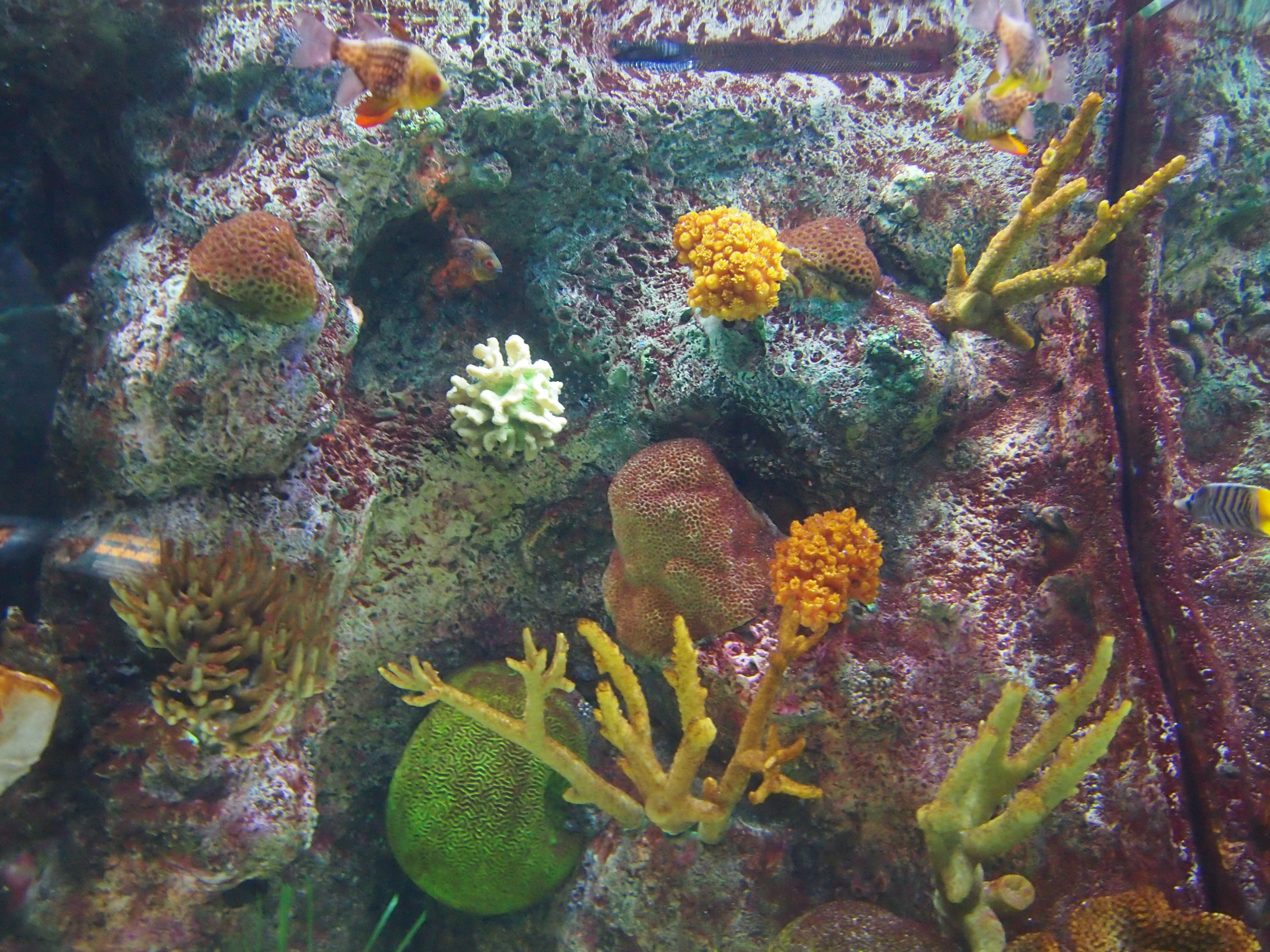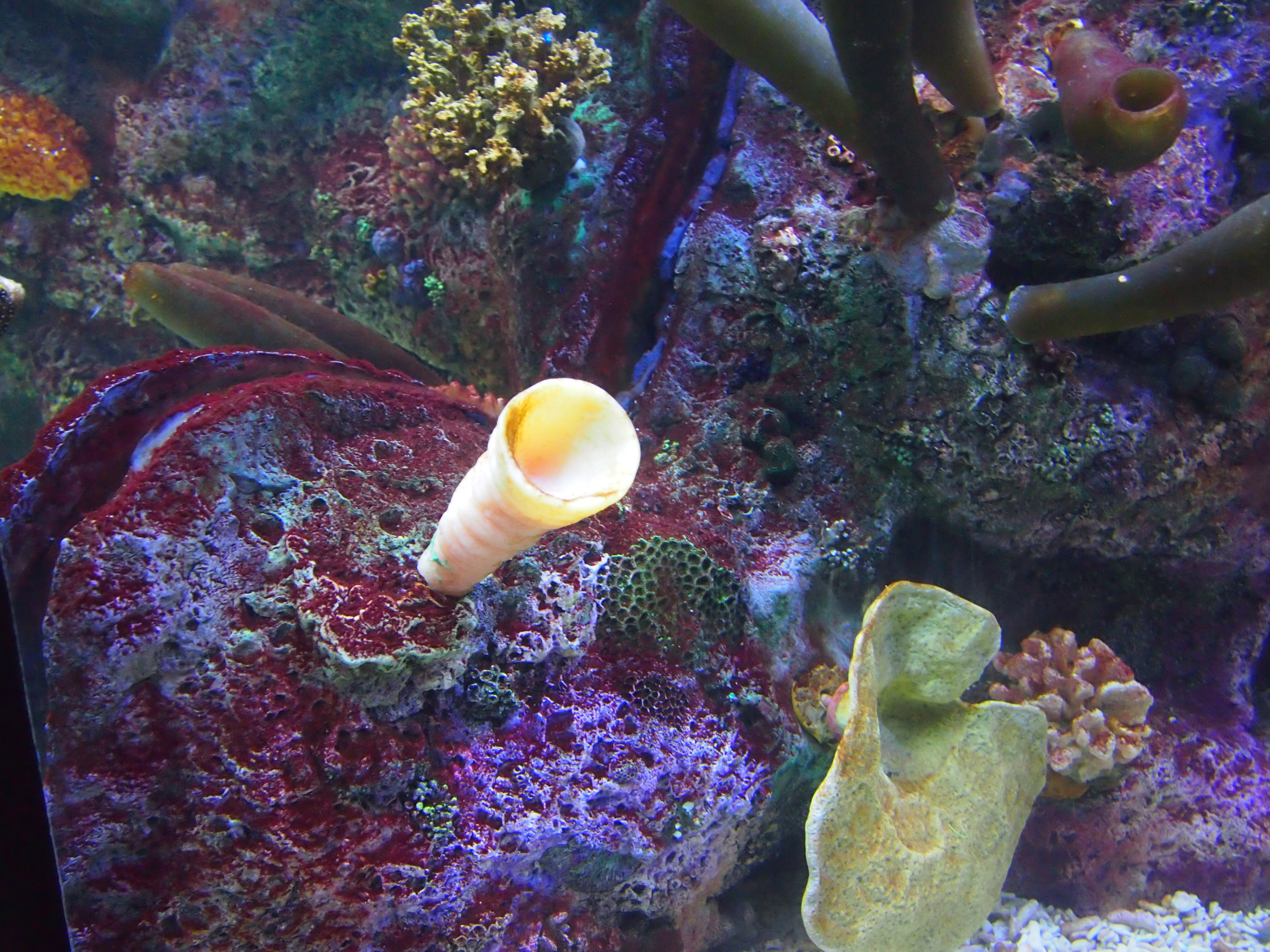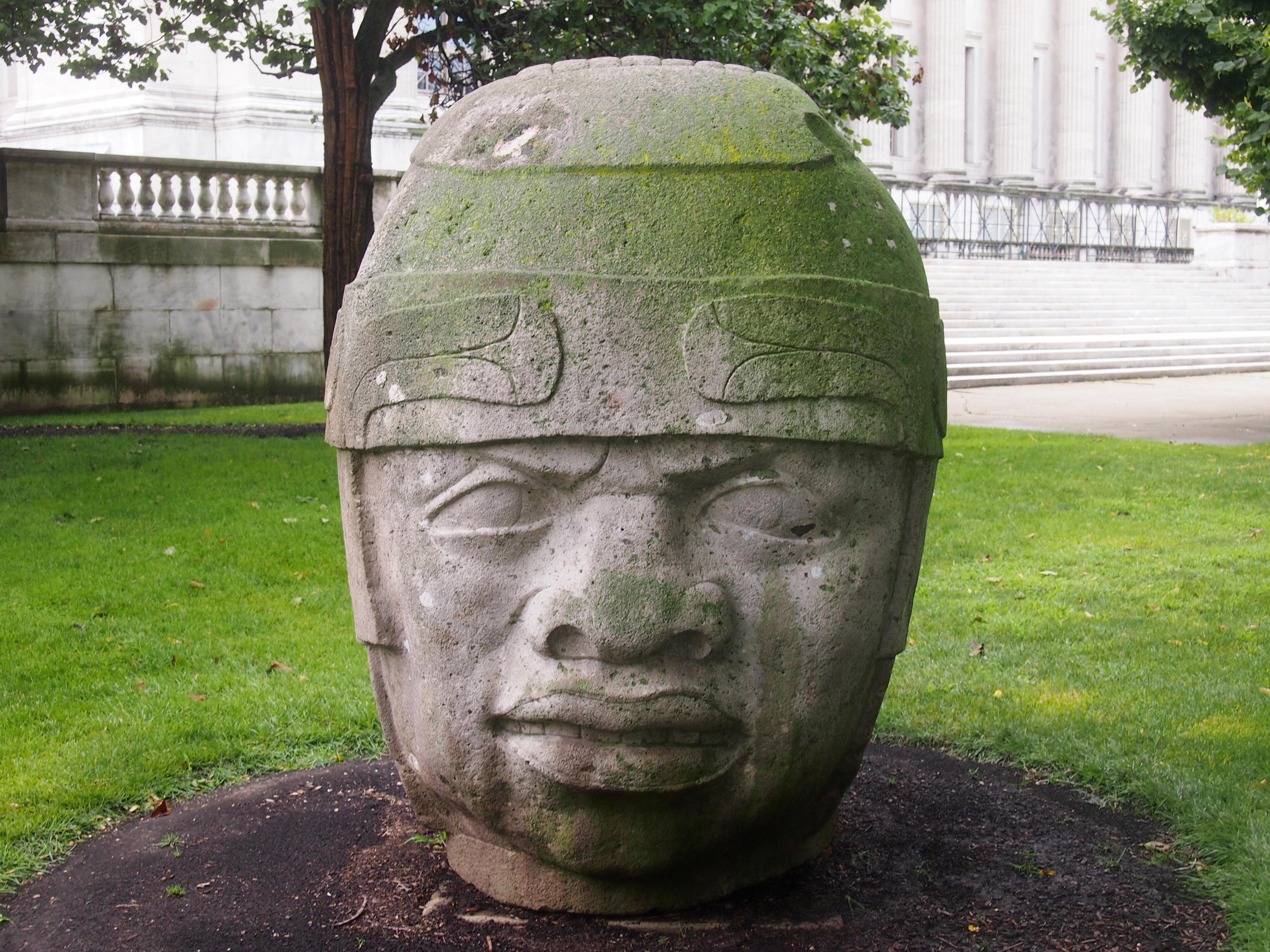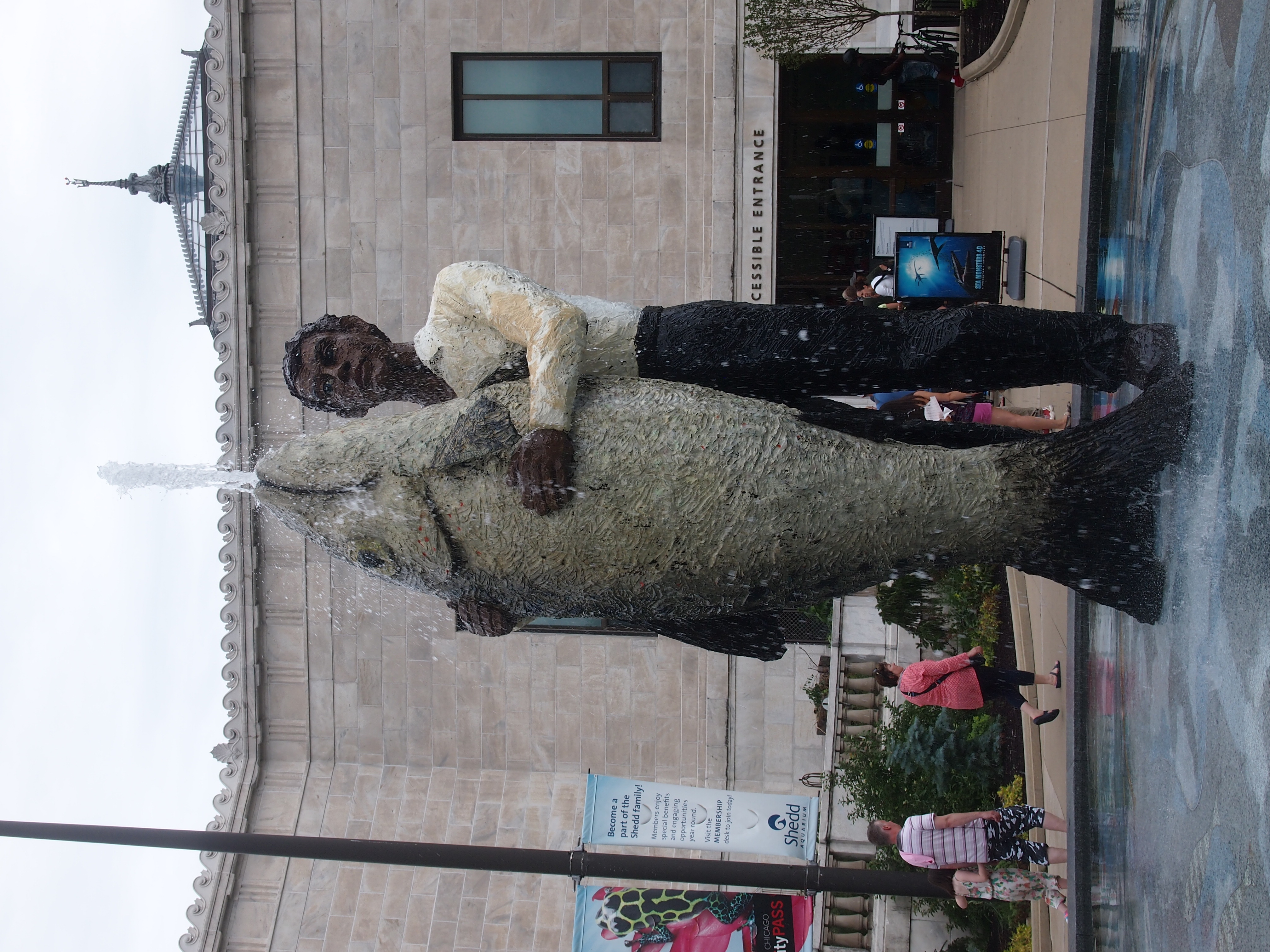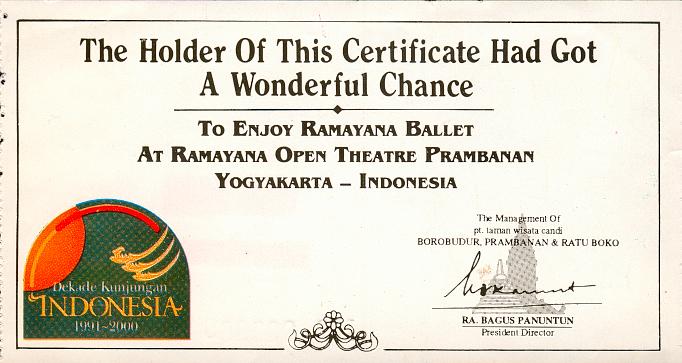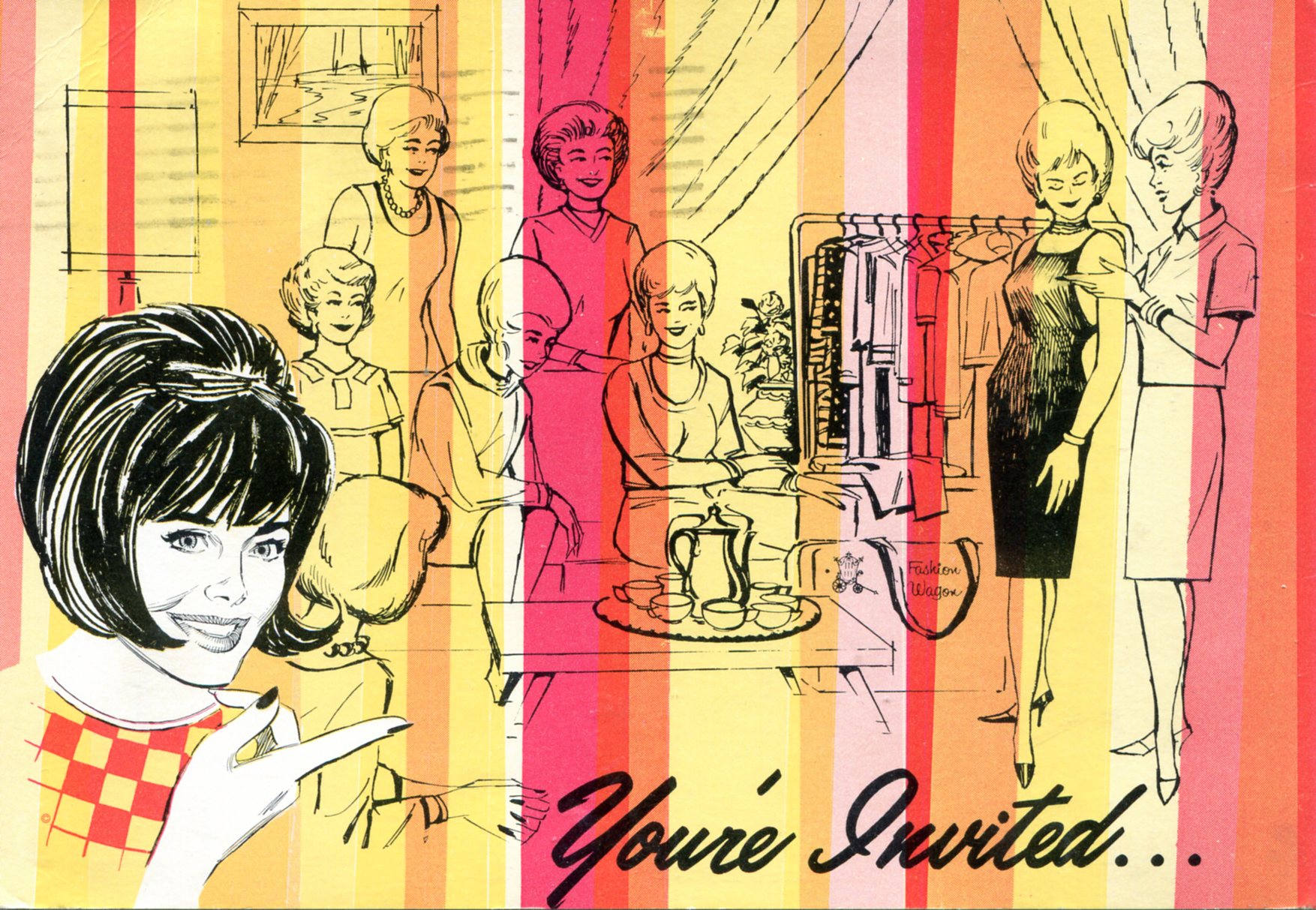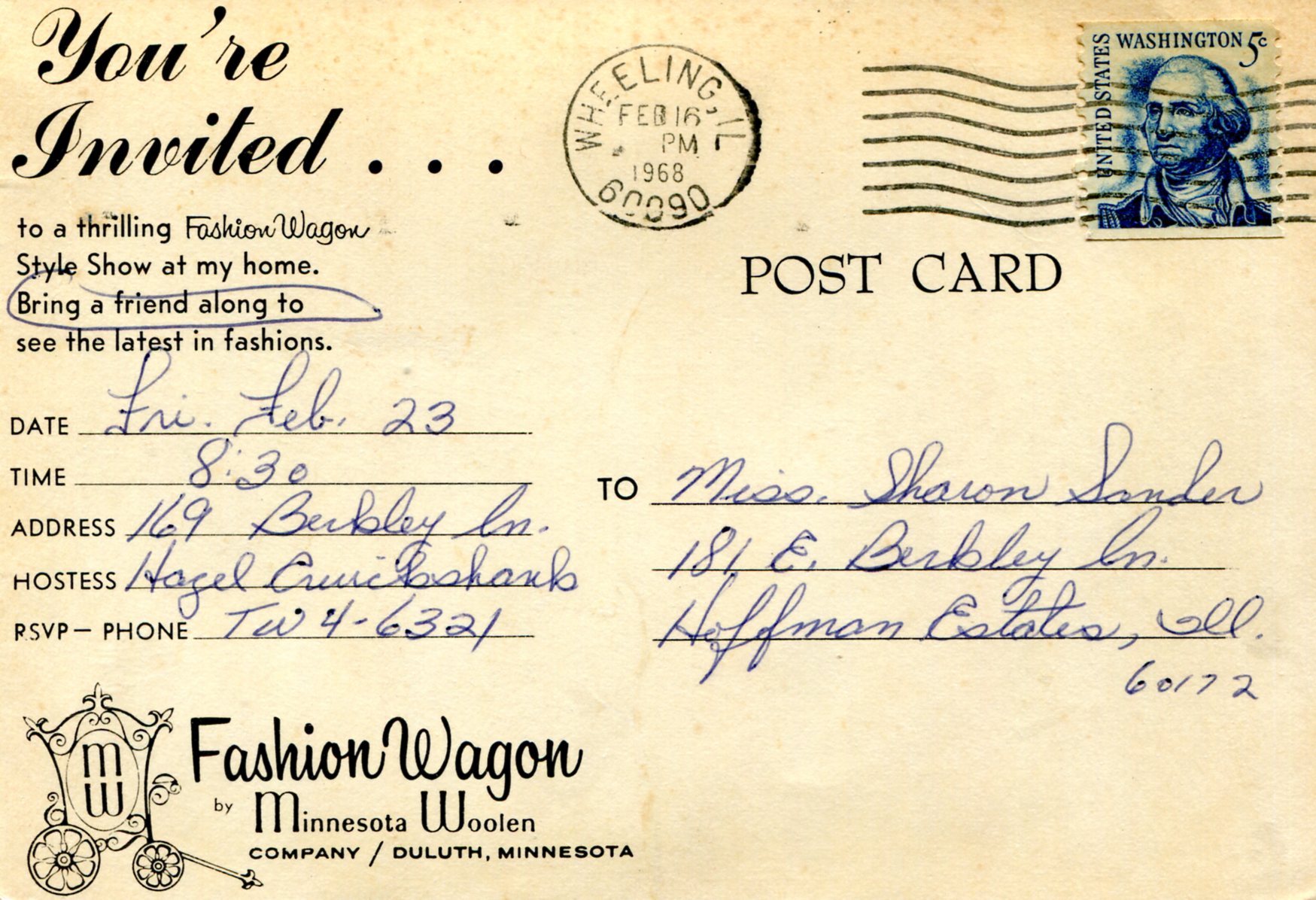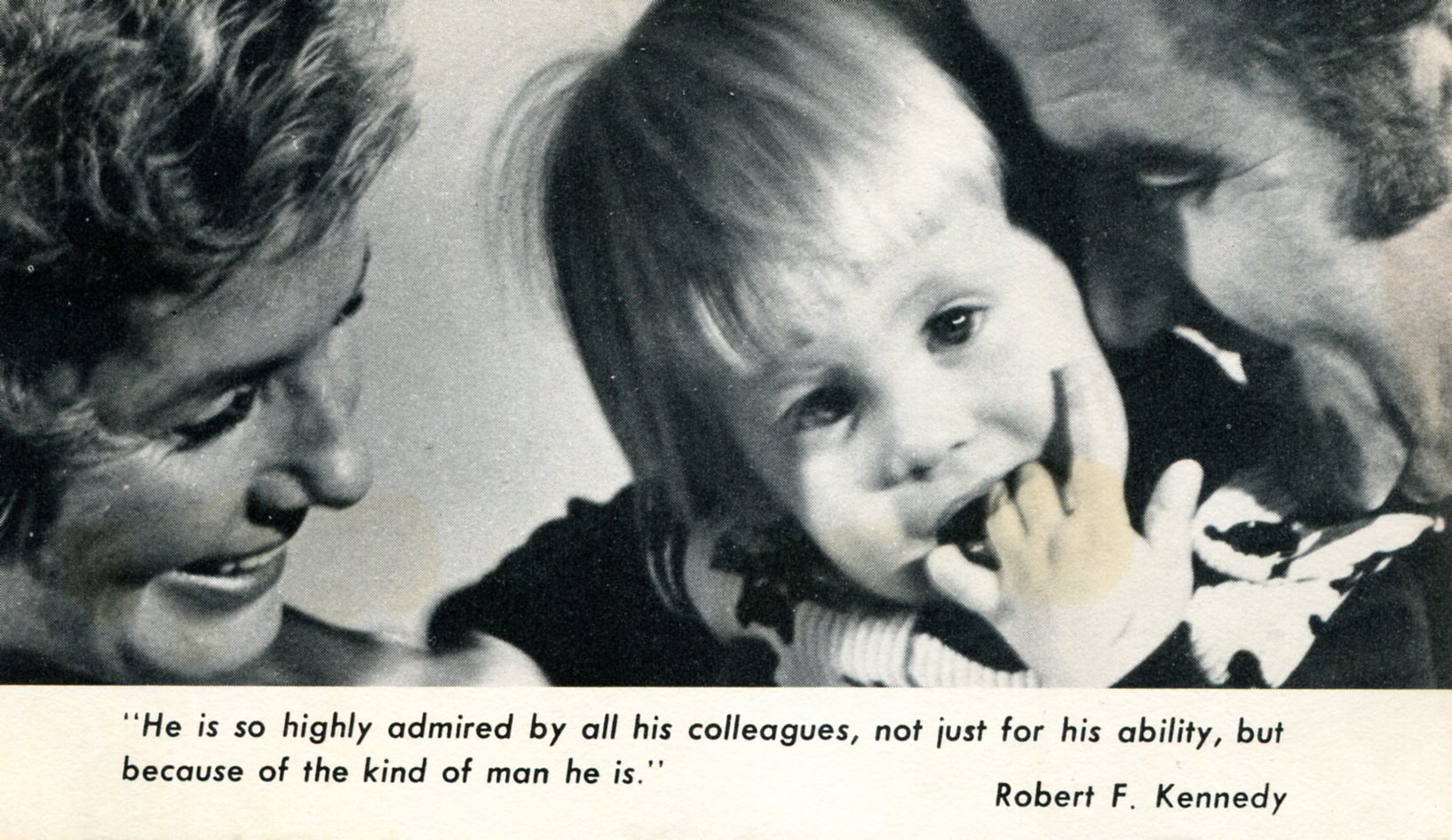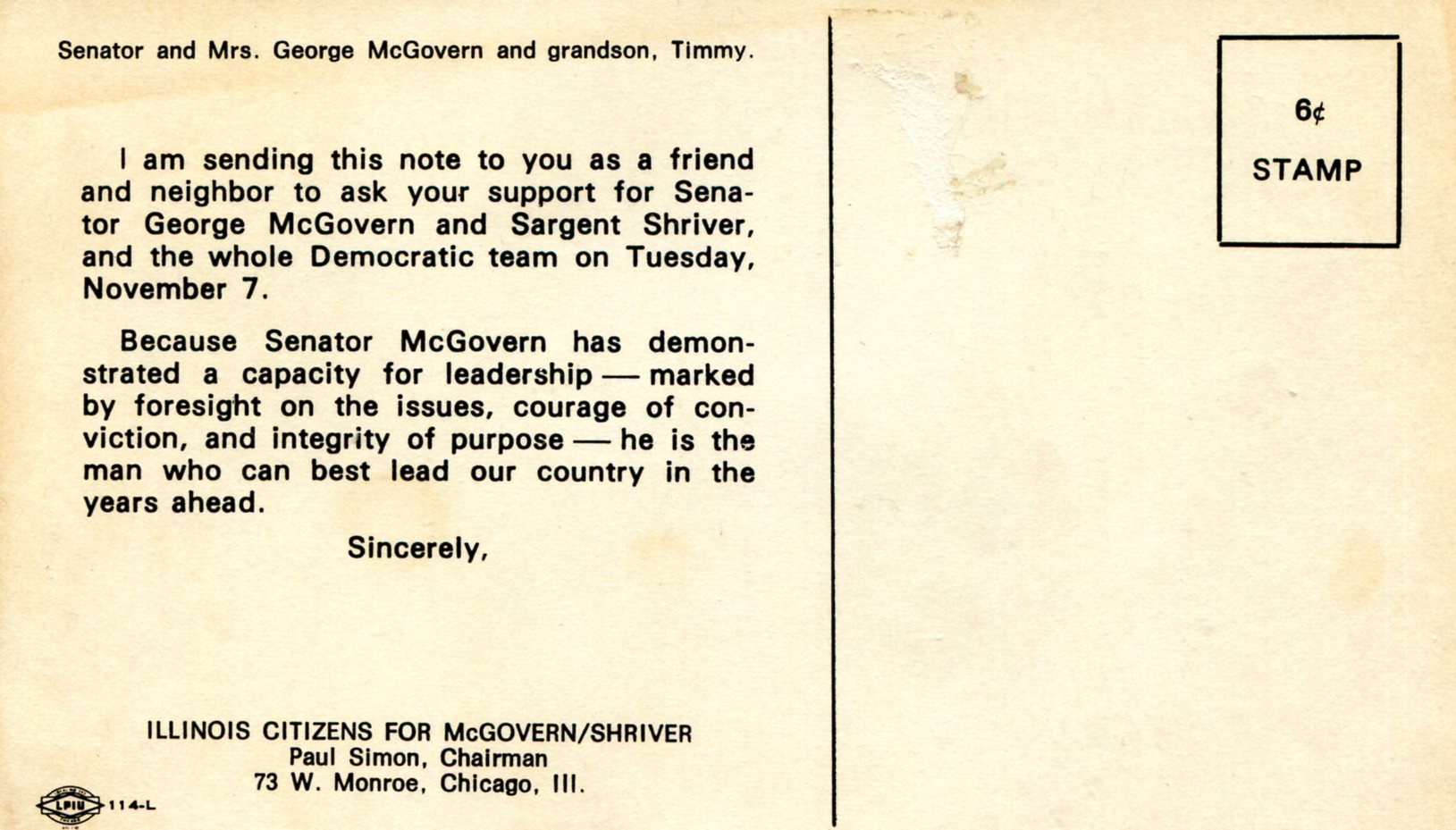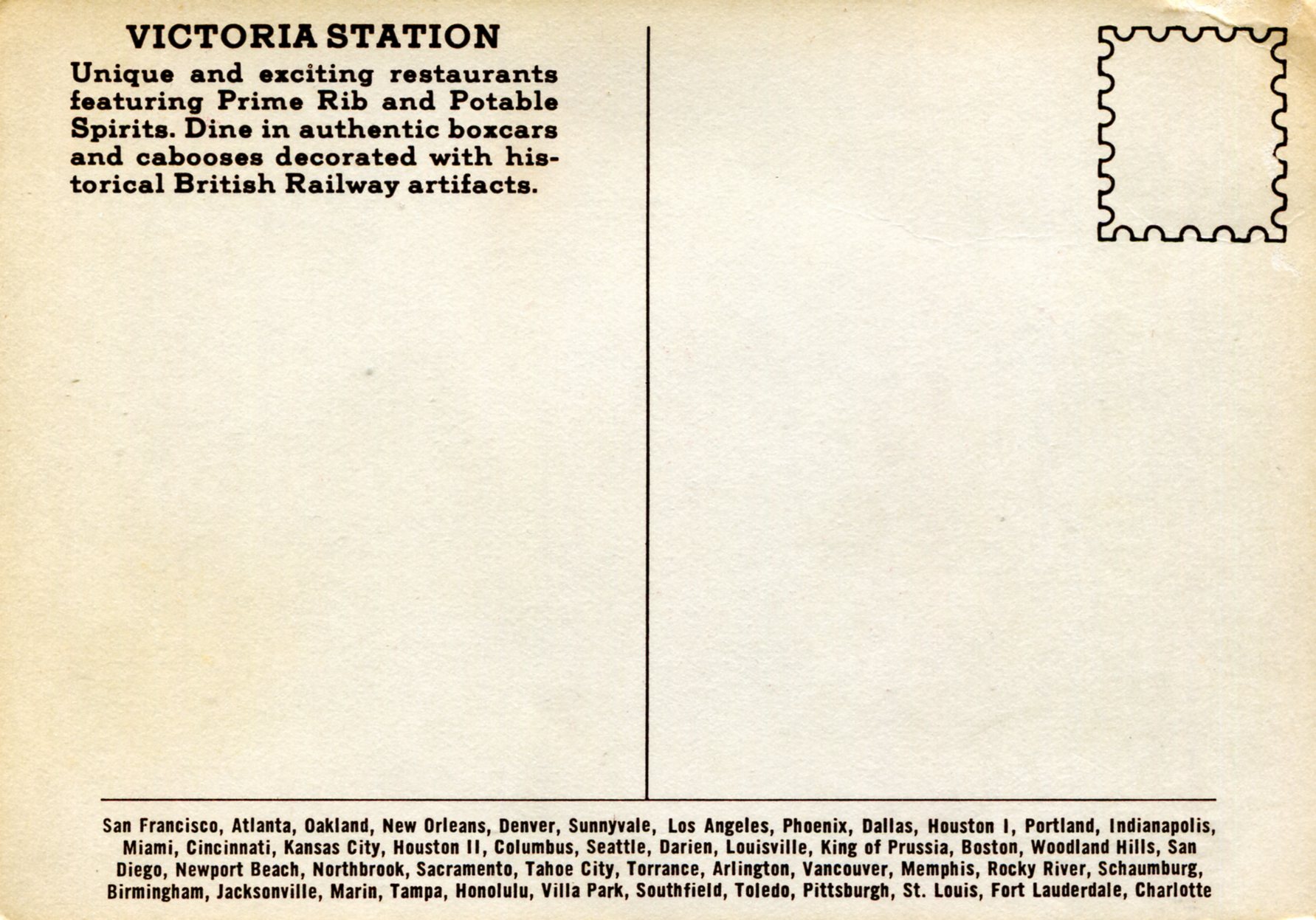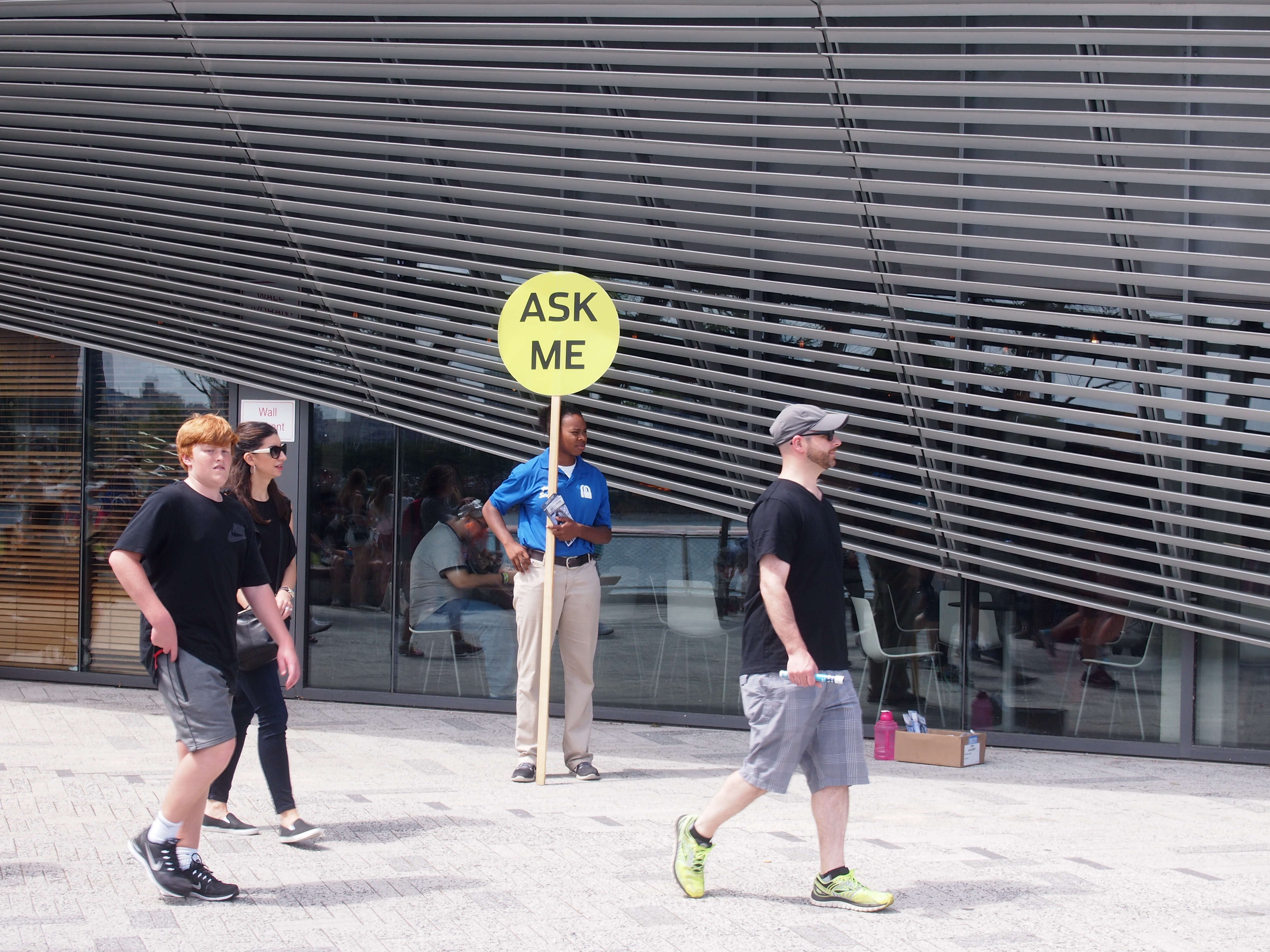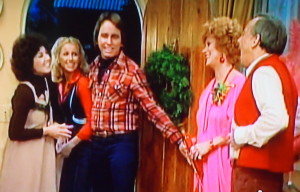Years ago I attended the “groundbreaking” for the Shedd Aquarium’s Oceanarium, officially the Abbott Oceanarium these days, as an editor of a real estate magazine. Usually groundbreaking ceremonies involve guys in suits and hardhats moving a little dirt with gold-colored shovels. It’s an established ritual in the development business.
Occasionally developers take a different approach. One time in Nashville, a developer planned to raze an older building on West End Ave. — a fairly large commercial street — and so painted one of the large wooden doors on the old structure bright red, and then knocked it in with a wrecking ball. The really odd thing about that was that actual demolition didn’t start for a few more days, and in the interim the red door was put back together haphazardly. Maybe the owners didn’t want bums looking for shelter there.
At the Shedd, we stood outside — it was cold, so it must have been late 1989 or early 1990 — as a crane hoisted a square-cut boulder into the air at the edge of Lake Michigan. It was a big thing, the sort of rock used to build breakwaters. The ceremony consisted of dropping the rock into the lake, right where the Shedd planned its expansion.
This is what that the exterior of the Oceanarium looks like now, jutting into Lake Michigan.
 The facility’s upper level includes a sizable amphitheater that looks over a large pond and then through the windows out into the lake (with the Adler Planetarium visible not far away). During a show, the window are shuttered.
The facility’s upper level includes a sizable amphitheater that looks over a large pond and then through the windows out into the lake (with the Adler Planetarium visible not far away). During a show, the window are shuttered.
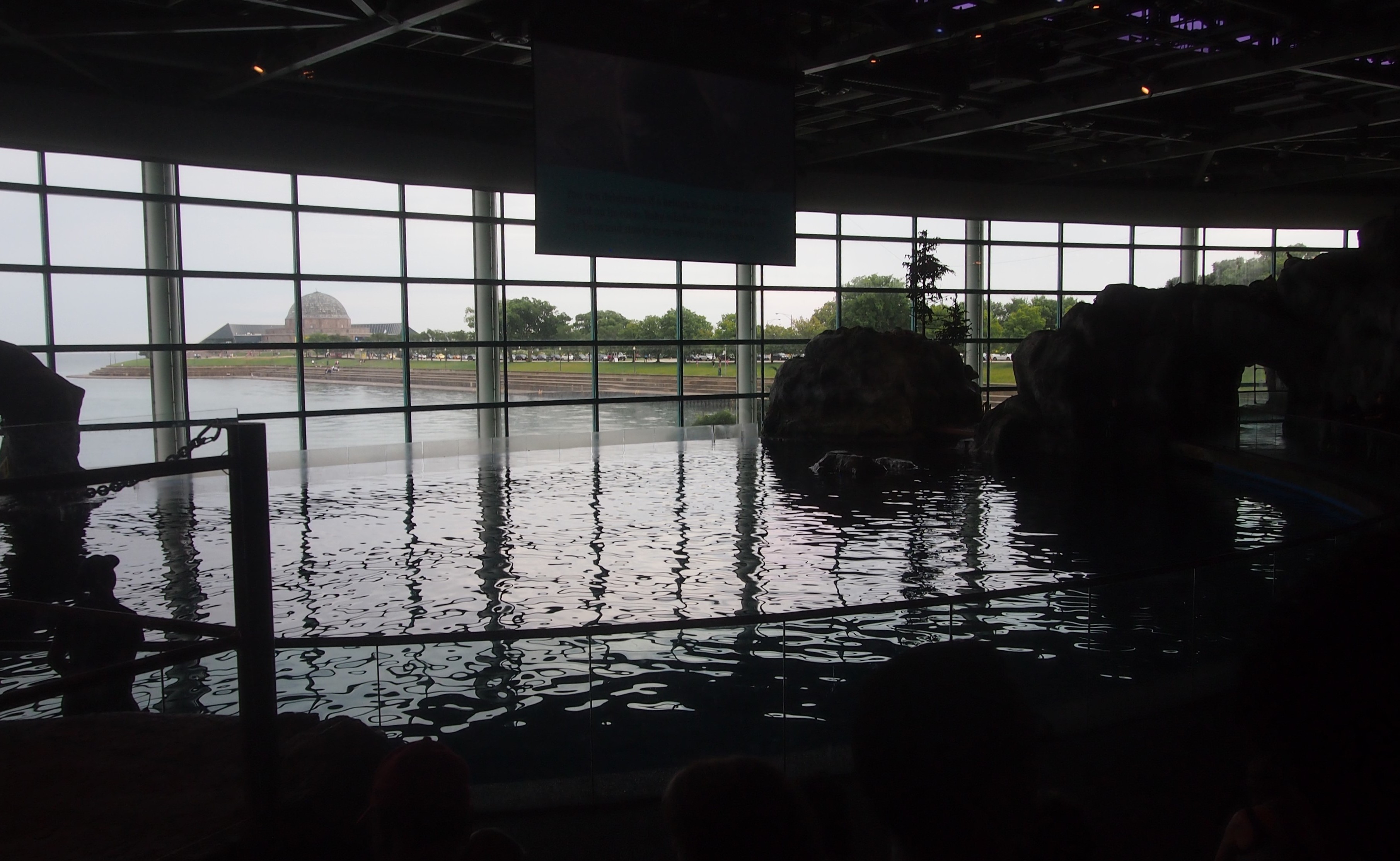
 We saw a show. The Shedd staff didn’t say so openly, of course, but the subtext of the event was, “We’re not like Seaworld. Not at all. Don’t even think it.” The dolphins and beluga whales thus interacted with their trainers, and the animals seemed glad to be there. It wasn’t a particularly exciting show, though.
We saw a show. The Shedd staff didn’t say so openly, of course, but the subtext of the event was, “We’re not like Seaworld. Not at all. Don’t even think it.” The dolphins and beluga whales thus interacted with their trainers, and the animals seemed glad to be there. It wasn’t a particularly exciting show, though.
There’s also a tank for otters and another one for penguins.
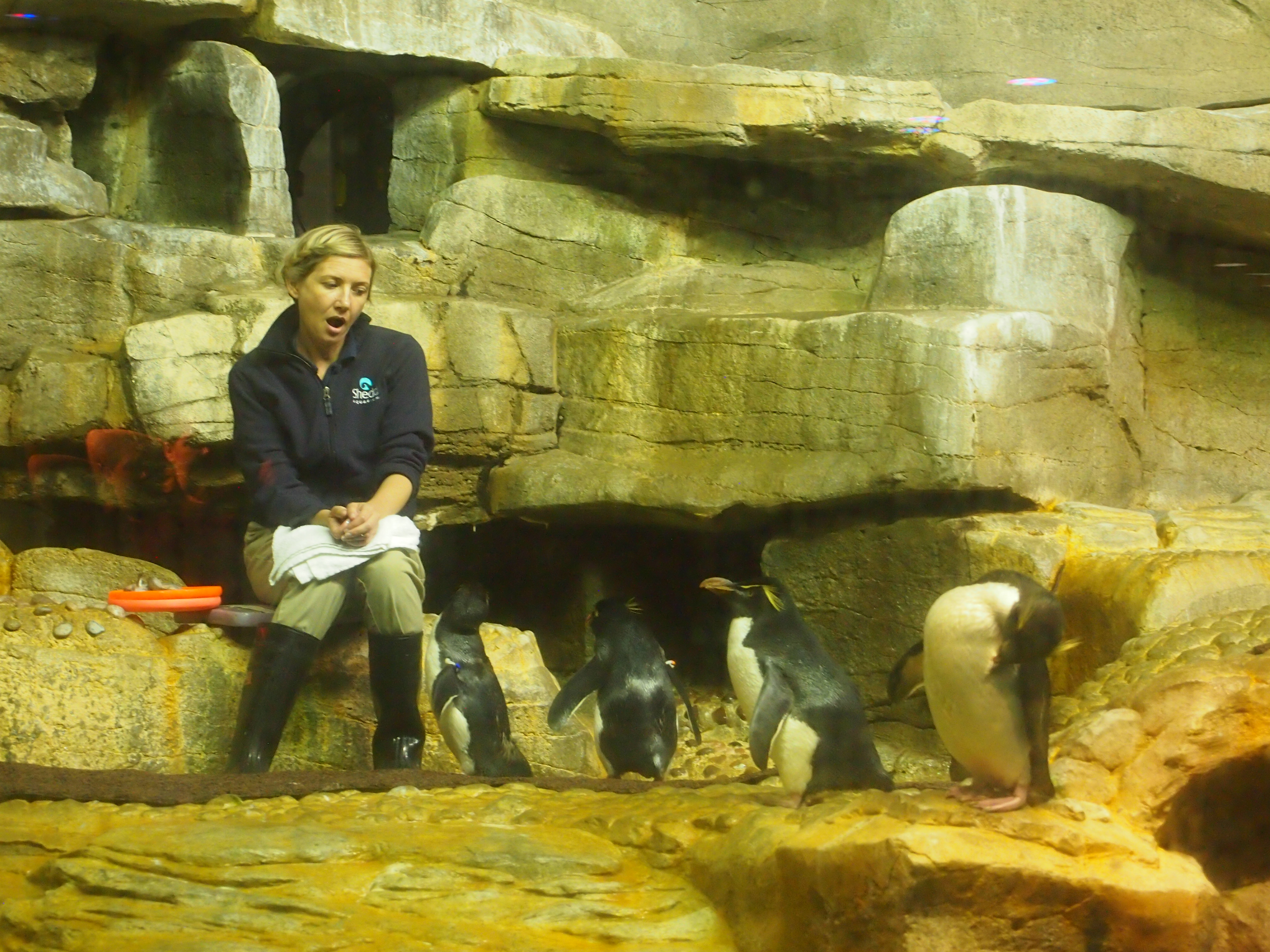 We also spent a while watch the belugas in their tank, who were joined by Shedd staff. A lot of other people watched, too.
We also spent a while watch the belugas in their tank, who were joined by Shedd staff. A lot of other people watched, too.

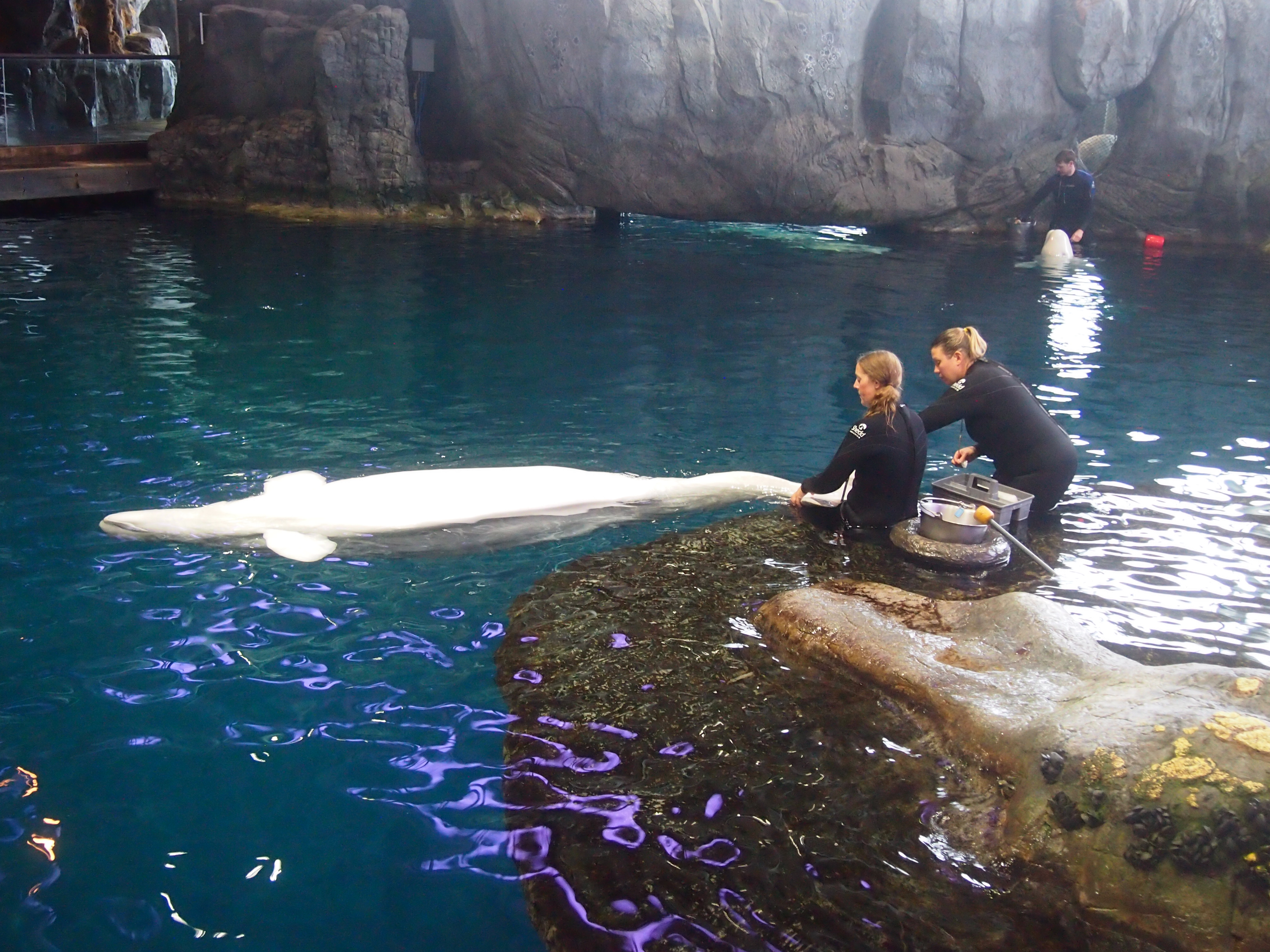
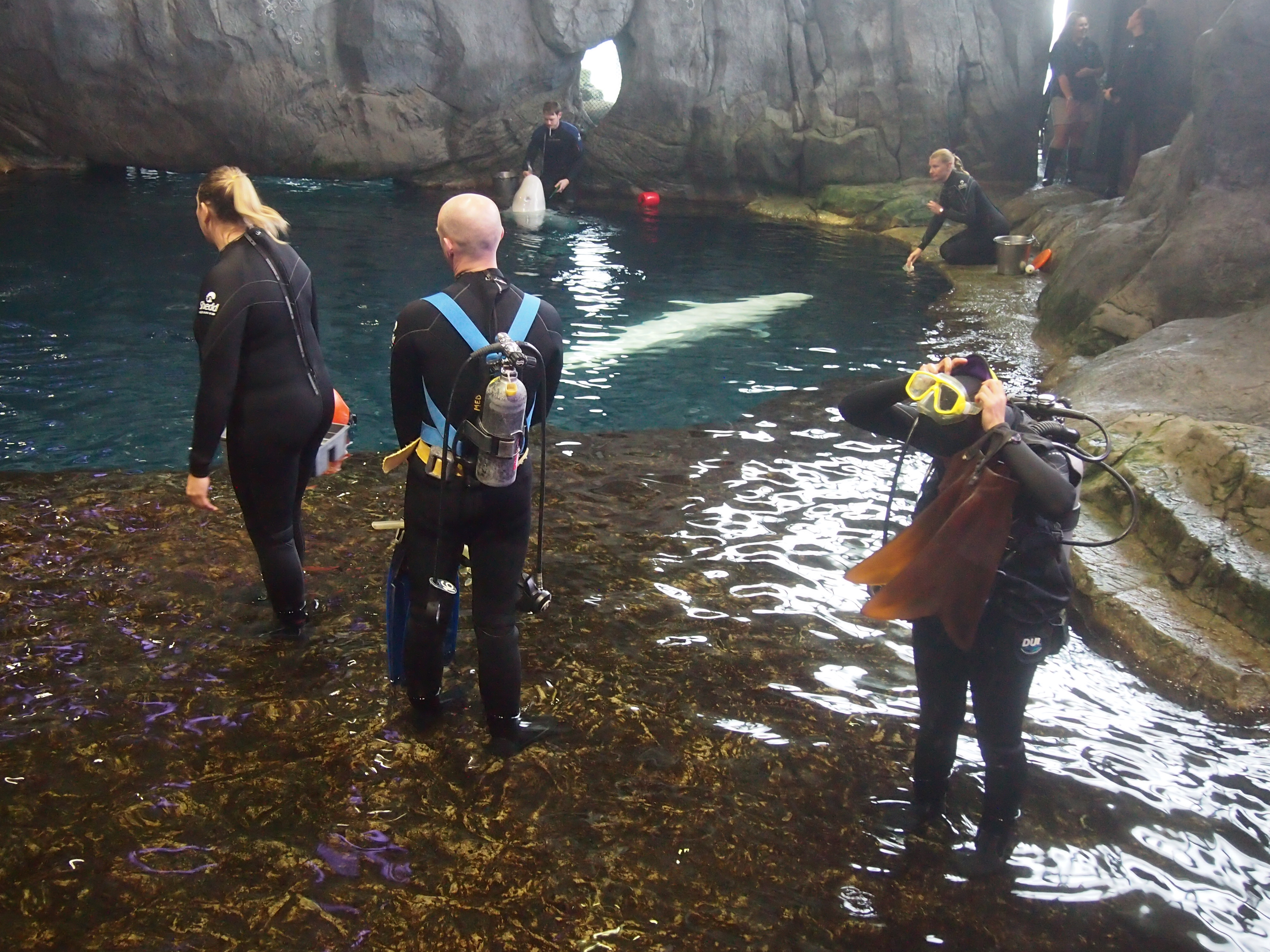
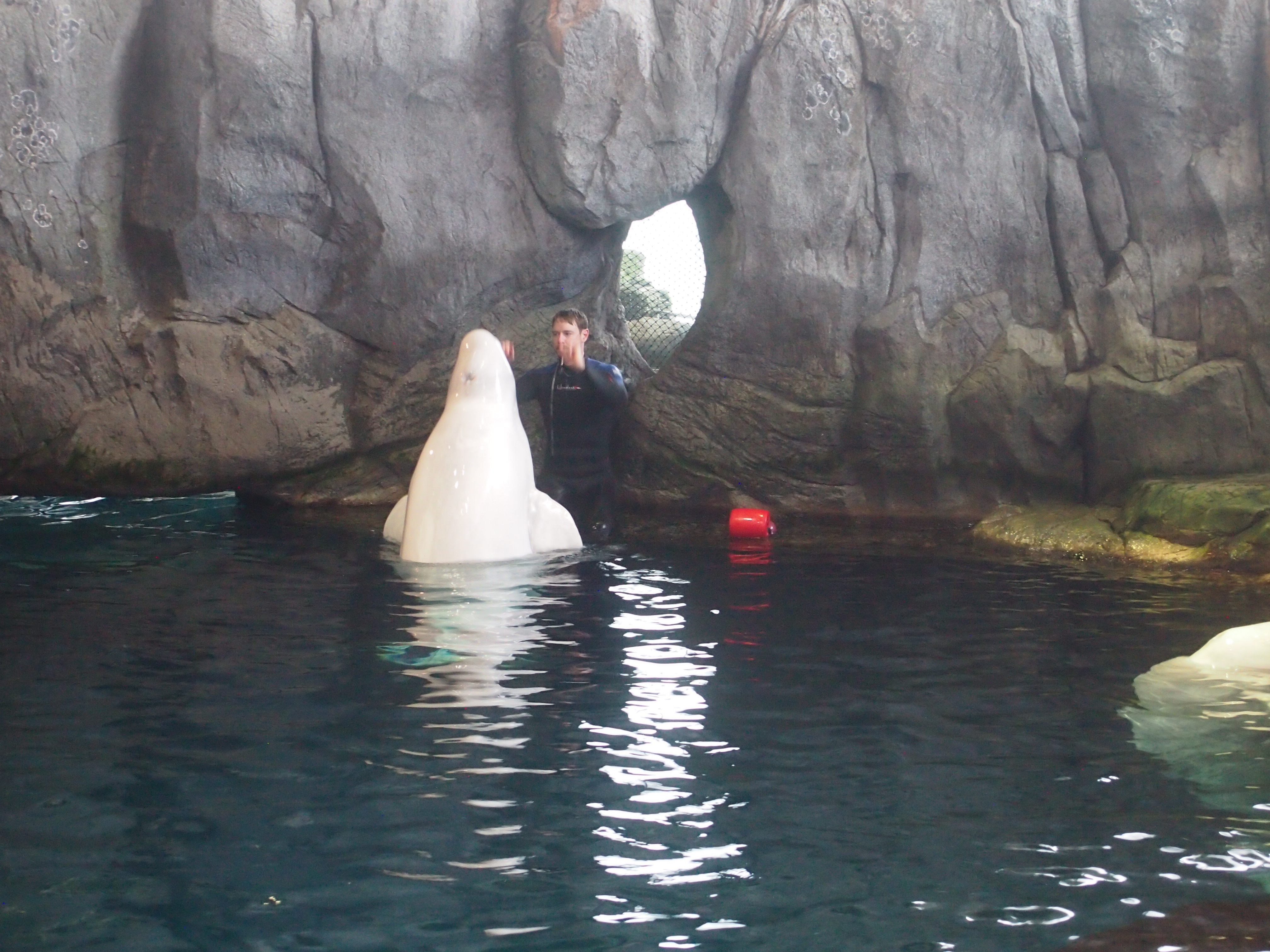 More fun to watch that the organized show, I think.
More fun to watch that the organized show, I think.
